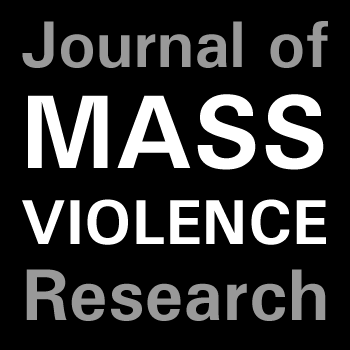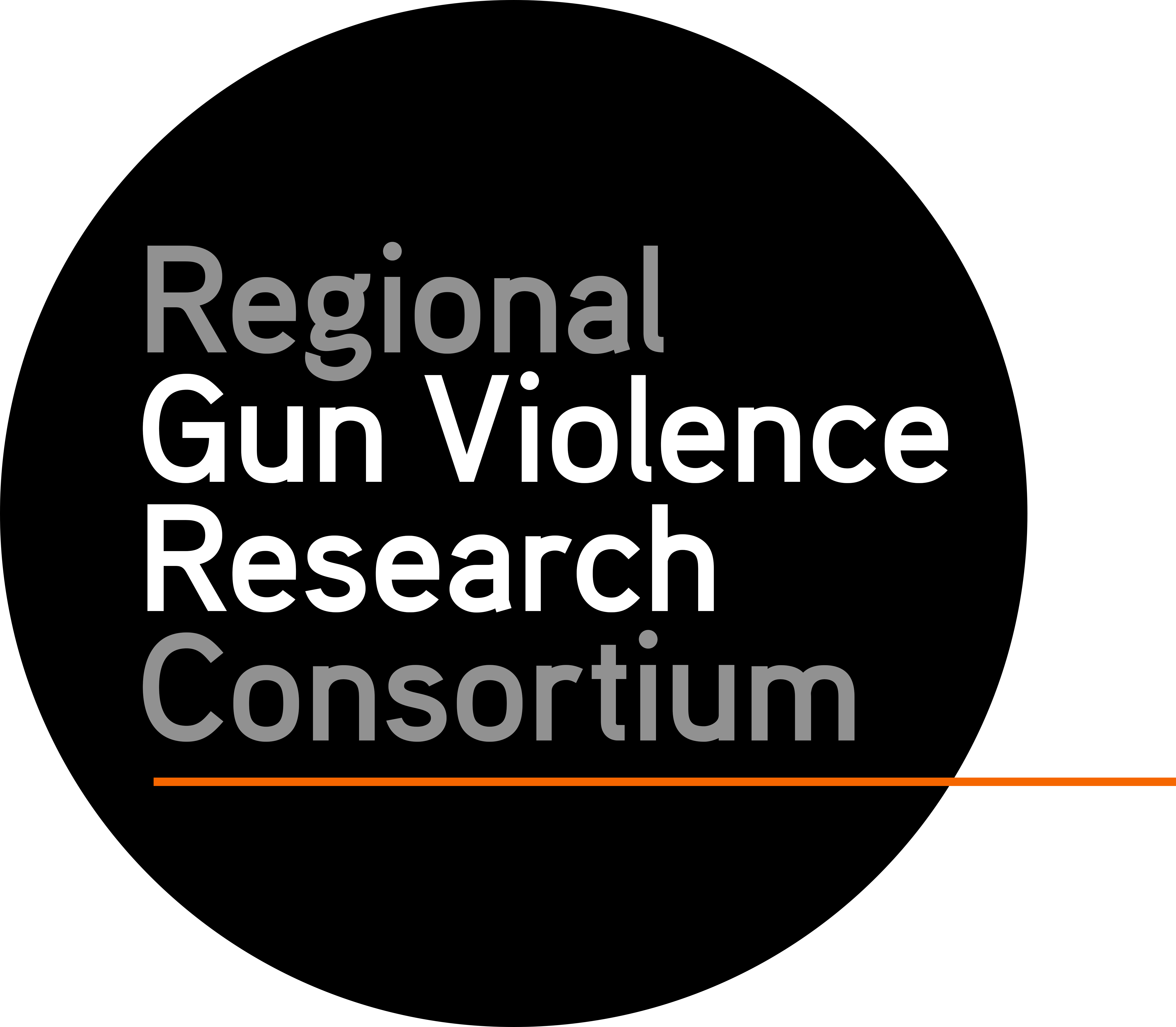SHARE THIS ARTICLE
Introduction to the Inaugural Issue of the Journal of Mass Violence Research: A Note from the Editors
Department of Criminal Justice, State University of New York at Oswego
Since the inaugural issue of the Journal of Mass Violence Research in March 2022, the United States has seen continued acts of mass violence in Philadelphia, Buffalo, Uvalde, Highland Park, and other communities. This year (2022) also represents ten-year marks of mass shootings in Aurora, Oak Creek, and Sandy Hook. Remembering these events and all who were affected by them, while also reflecting on each new tragedy as it unfolds, we are heartbroken and frustrated but also reminded of the need for critical research aimed to inform policy and ultimately, save lives.
We created the Journal of Mass Violence Research with a goal of “sharing rigorous, multidisciplinary, peer-reviewed studies on a variety of topics in relation to mass violence” (see About JMVR). While the journal aims to publish articles on a variety of topics such as terrorism, genocide, and serial murder, we are both scholars who have worked in the mass and active shootings research space for years. As such, we recognize and value the wide range of methodologies and approaches to studying such a complex, difficult topic. Even more, we have long agreed that the ongoing definitional issues related to mass shootings (and similarly, active shootings, rampage violence, school shootings, etc.) have important implications for research, reporting, and public policy.
When we met to discuss how we might reflect on the ten years since Sandy Hook, Aurora, and Oak Creek, we considered ways in which we could bring together the leading researchers in the field—many of whom serve on our Editorial Board—and address some of the major definitional issues and points of contention. In addition to the articles presented in this special issue, we hosted a webinar to allow scholars to present their arguments and support for specific definitions or terminology in the hope of showcasing the nuance and benefits of each. The goal of the webinar and the special issue was not to make everyone agree, but rather to share and address the issues for the public and for practitioners. In this way, we can work together toward aligning research so that we might glean further insights across studies and disciplines while also informing practice. Additionally, we hope that the webinar might inform media terminology and practice in reporting to reduce confusion about mass and active shootings among the public. In sum, we hope that the articles within this special issue and the webinar can answer two questions: 1) What is a mass shooting? and 2) Even if we can decide, is this the best term to measure and study these types of events?
The special issue begins with William Sandel and Hunter Martaindale’s article, “What Are We Talking About? Definitional Confusion Within Active and Mass Shooting Research.” In this piece, the authors provide a rich, thorough review of current definitions, including active shooter and active attack, as well as clear guidance for those who seek to engage in mass and active violence research. They do not advocate for the use of a single definition, but instead issue a call for clear, specific definitions and representation in datasets, research, and reporting.
The second article recommends the continued use of the longstanding definition of mass shootings using a threshold of four or more deaths. In their article, “Keeping with Tradition: Preference for the Longstanding Definition of Mass Shooting,” authors James Alan Fox and Emma Fridel offer six compelling reasons for this traditional definition, highlighting theoretical and methodological applications and issues. Ultimately, they note the ways in which mass and active shootings are reported on and characterized has led to public fear and concern while only constituting a small proportion of gun homicides in the United States.
The final two articles suggest a focus not on a singular definition, but instead on unique categorization systems which highlight processes or outcomes. In the third article, “Mass Outcome or Mass Intent?: A Proposal for an Intent-Focused, No-Minimum Casualty Count Definition of Public Mass Shooting Incidents,” Emily Green-Colozzi and Jason Silva recommend that these types of attacks be classified as completed, attempted, failed, and foiled, regardless of the casualty count. Such a definition and strategy would highlight the intent behind the attack and address behavioral factors that may lead to public mass shootings.
In the final article, “Defining Rampage Violence across Completion Status: Toward a More Comprehensive Model,” Janelle Hawes and Eric Madfis suggest a shift from the term mass violence to rampage violence to include more incidents and encompass previous scholarship related to processes and outcomes. Like Green-Colozzi and Silva, they use various outcomes, but they also present multiple stages in the progression toward violence that often are reflected in perpetrators’ pre-attack behaviors. Their Rampage Violence Status Model (RVSM) encompasses various other definitions and provide additional context for each event.
In the webinar, the authors presented a brief overview of their article, sharing their arguments, and discussing with authors and other participants. It was recorded and shared on the JMVR website so that anyone with an interest in preventing, addressing, or reporting on mass violence can view and evaluate the options put forth in the webinar. In addition, we invite scholars and practitioners to submit responses for publication in the journal in the hope of continuing the conversation and informing research. As co-editors, we are considering additional ways to address this issue through conferences, interactive events, and more, and we look forward to similar opportunities about this and other issues related to mass violence.
There is clearly much to consider in this area of research, and as co-editors and scholars, we hope that the special issue and the webinar can contribute to the body of knowledge and continue to move toward practical, effective solutions and policies. In the ten years since Aurora, Oak Creek, and Sandy Hook, there have been countless researchers, organizers, survivors, and practitioners who have devoted their efforts to making spaces safer for everyone, and their work has not gone unnoticed or unappreciated. Yet, the past year has unfortunately taught us that there is still more work to be done, and JMVR renews its commitment to publishing high-quality, peer-reviewed research to explore these issues and seek new (and traditional) ways to study, measure, and apply this work. Despite the heartbreaking and devastating nature of this work, we are optimistic that research and collaboration can be transformative for the discipline, and we will continue to demand a better, safer future.
About the Authors
Sarah E. Daly was an Associate Professor and Director of a graduate program in criminology. She recently transitioned to the private sector, serving as a senior consultant for a private firm. She remains committed to her research and her role as the co-founder and co-editor of the Journal of Mass Violence Research, and she is currently affiliated with the Department of Criminal Justice at SUNY Oswego as a visiting scholar. Dr. Daly’s primary area of research is gender-based violence, particularly related to issues of involuntary celibacy. She has recent publications in the Journal of Qualitative Criminal Justice & Criminology and Sex Roles.
Jaclyn Schildkraut is an Associate Professor of Criminal Justice at the State University of New York (SUNY) at Oswego, interim executive director of the Regional Gun Violence Research Consortium at the Rockefeller Institute of Government, and the co-founder and co-editor of the Journal of Mass Violence Research. Her research interests include mass/school shootings, homicide trends, mediatization effects, moral panics, and crime theories. She is the co-author of Mass Shootings: Media, Myths, and Realities, Columbine, 20 Years Later and Beyond: Lessons from Tragedy, and, most recently, Lockdown Drills: Connecting Research and Best Practices for School Administrators, Teachers, and Parents. Dr. Schildkraut’s research has been published in journals such as Journal of School Violence, Homicide Studies, American Journal of Criminal Justice, Journal of Qualitative Criminal Justice & Criminology, Journal of Homeland Security and Emergency Management, and Crime, Law and Social Change.
CITATION (APA 7th Edition)
Daly, S. E., & Schildkraut, J. (2022). Introduction to the special issue of the Journal of Mass Violence Research: A note from the editors. Journal of Mass Violence Research, 1(2), 1-3. https://doi.org/10.53076/JMVR95494


